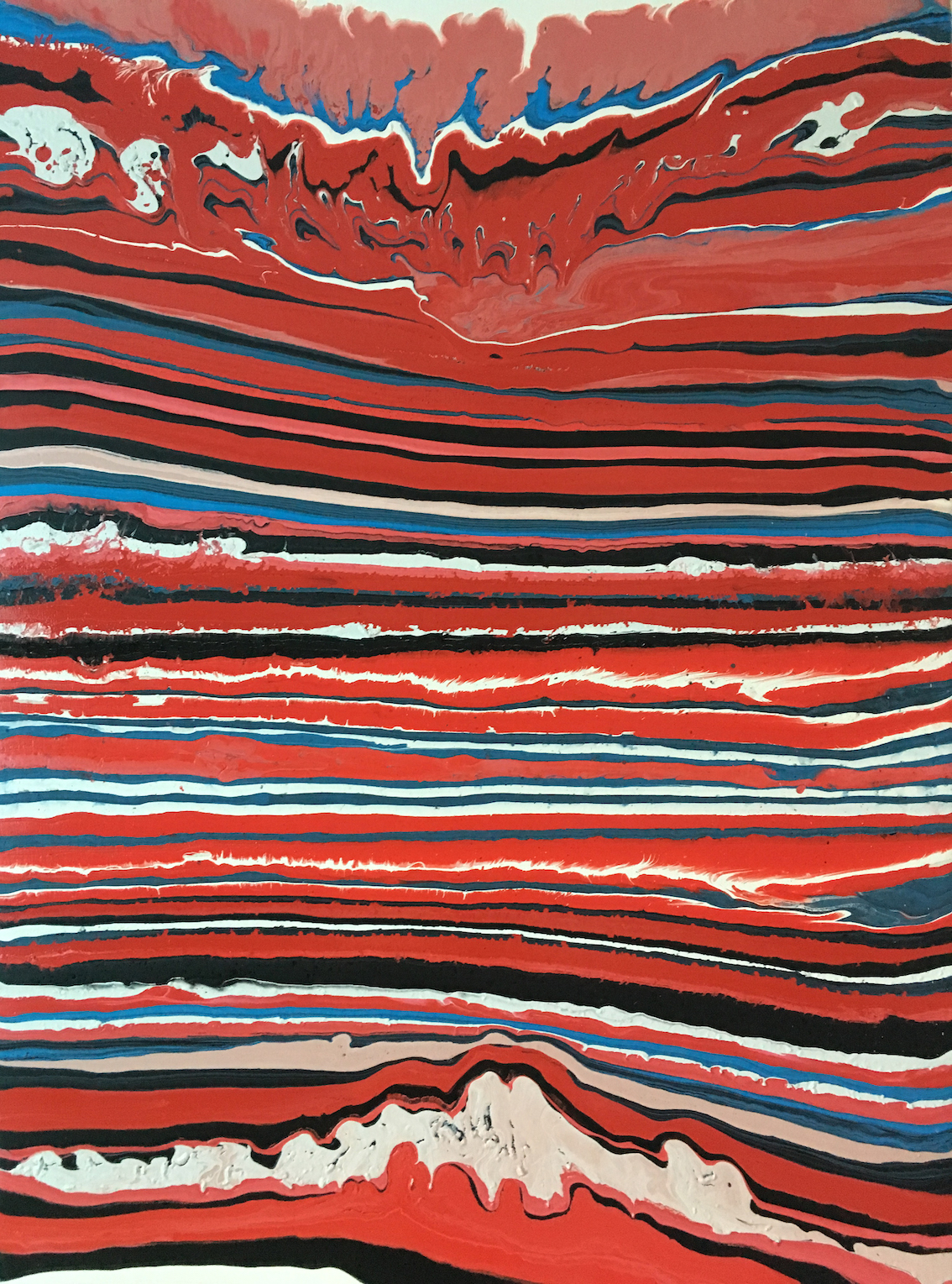Amour and Love : On the Invention of the Concept of Love in Cinema
Written by Nava Dushi (Lynn University) and Igor Rodin (Hebrew University of Jerusalem) Preface “Then what is involved in love?” asks Jacques Lacan.1 We return to and begin with Love. The infatuation of the moving image with Love. From Thomas Edison’s eighteen seconds of frontal bodily affection of The Kiss (1896), to its sacrifice in Michael Curtiz’s Casablanca (1942), disintegration in Jean-Luc Godard’s Contempt (1963), spiritualization in Ridley Scott’s Blade Runner (1982), or desiring in Ang Lee’s Lust, Caution (2007). With Michael Haneke’s Amour (2012) and Gaspar Noé’s Love (2015) we encounter the question and impossibility of its cinematic rendering — a short-circuit that interrogates and circumvents cinema’s persistent impulse for imaginary abstraction, where every primal fantasy is eventually subjugated to the metonymy of language. Thus, rather than approach the films on the level of their purported meaning, we propose a reading that appeals to what the films do, the way they work, perform, function, and inhabit the representational field. That is, rather than approach Amour and Love on the basis of their negative difference, we would like to frame our discussion …


